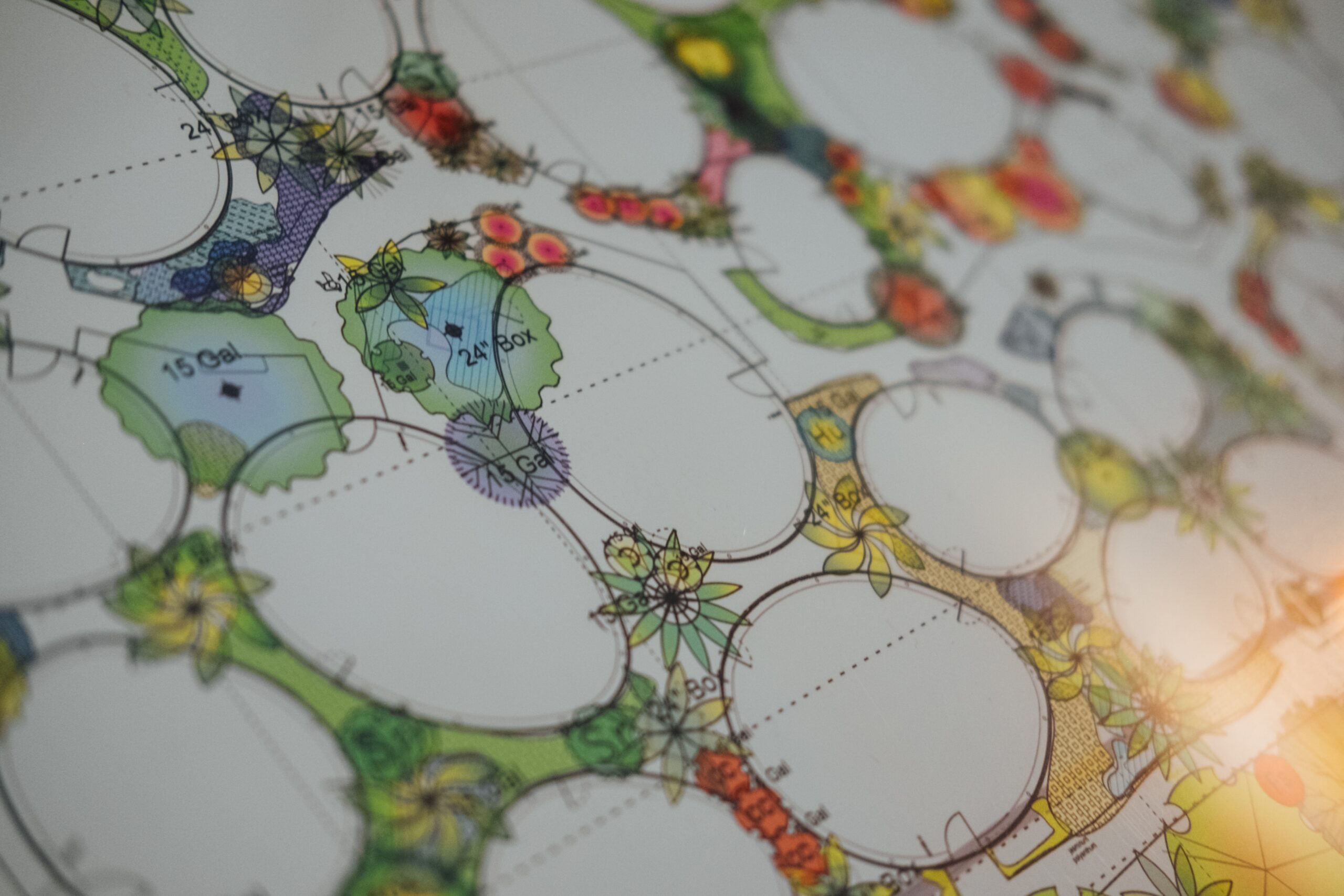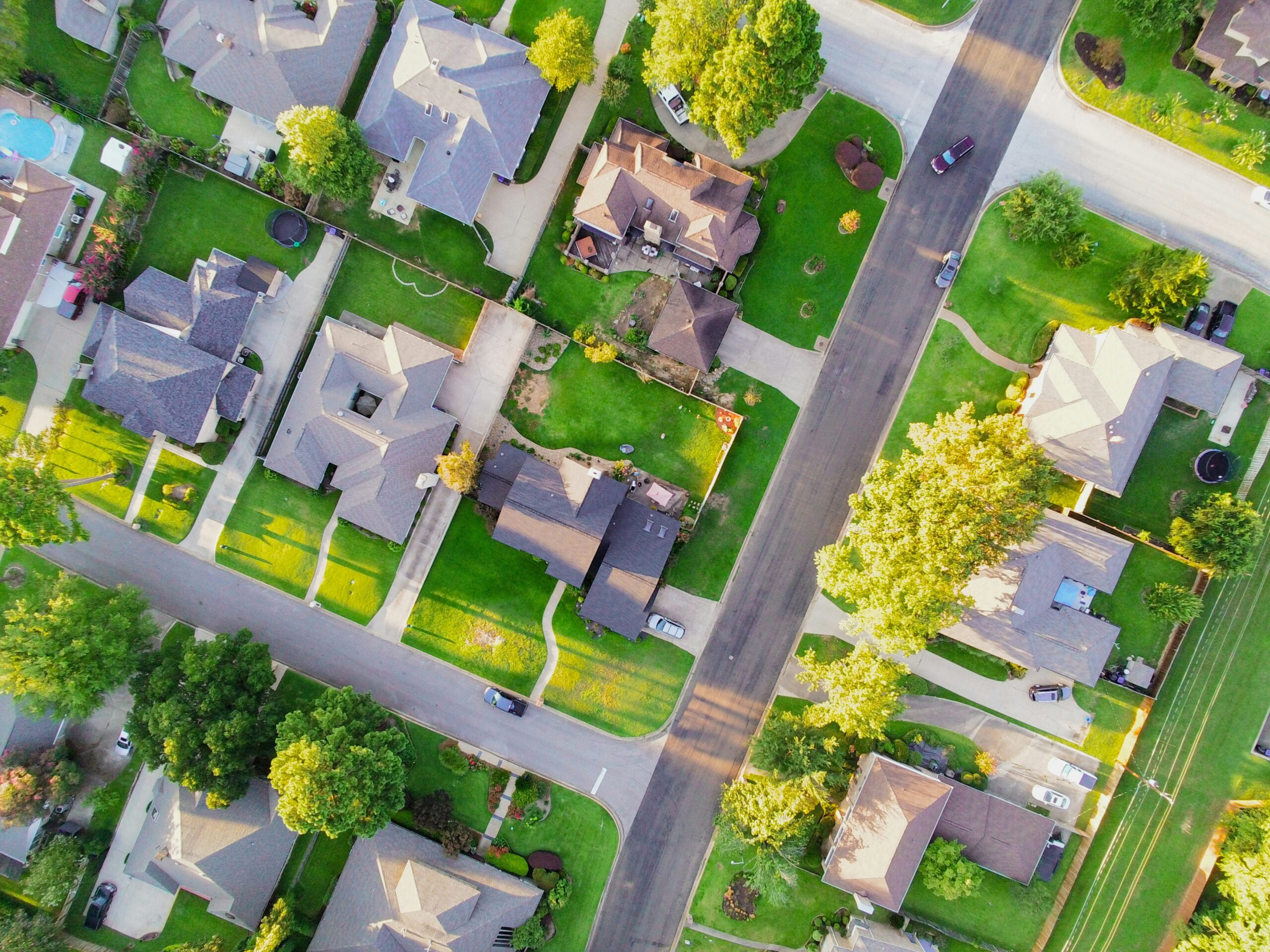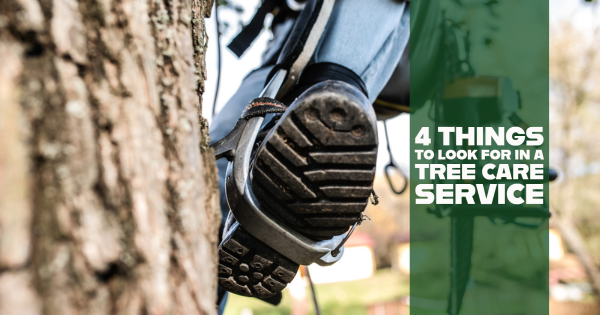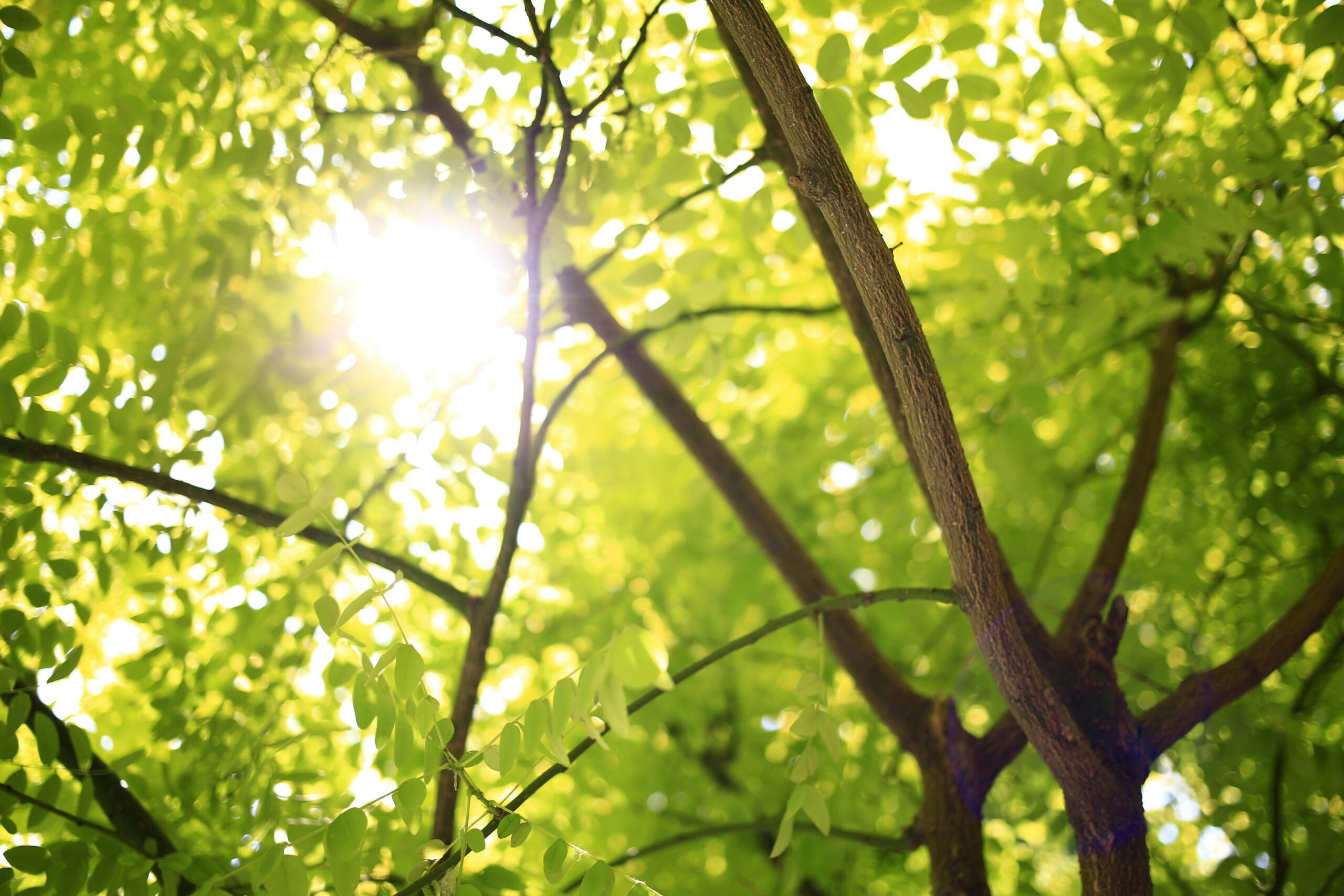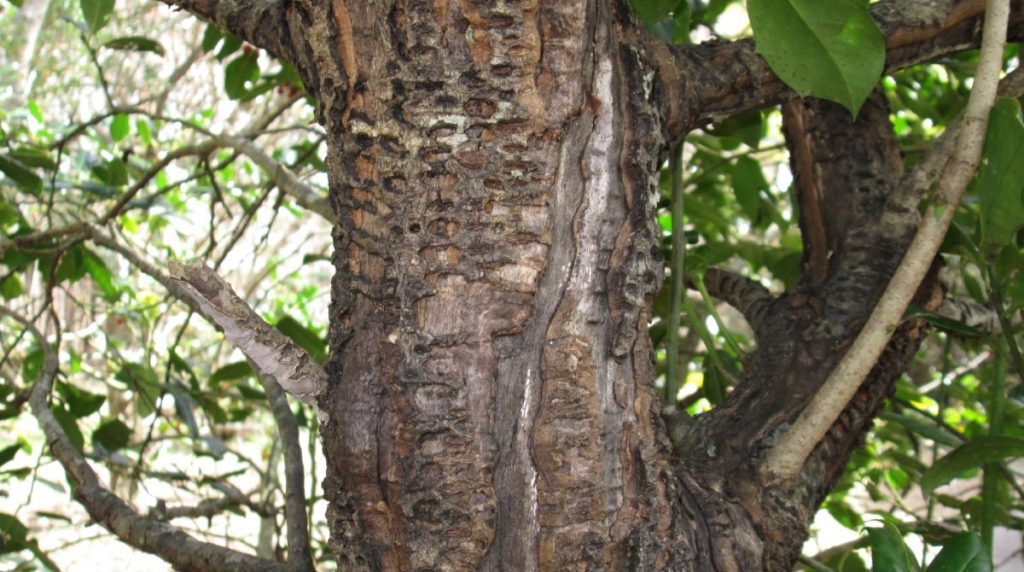
Date April 05, 2022
Category
Texas is known for its mixture of hot, dry summers and unpredictable winters, making spring an often beautiful happy medium. Unfortunately, the frequent humidity of spring in Texas also makes the state a haven for many tree diseases to thrive. When caring for a landscape as a homeowner or commercial property manager, it can be difficult to know how to handle when you notice your trees beginning to look concerning. Knowing which diseases are common around Dallas and Austin can help you better care for your trees and prevent them from becoming ill.
Here is part 1 of the top tree diseases TreeNewal most often diagnoses and treats around North and Central Texas every spring!
Powdery Mildew
What Happens:
This type of mildew is brought on by Podosphara xanthii fungi. While it is most commonly found on tasty plants like gourds, pumpkins, and watermelons, it also affects many tree species, too. Similarly to leaf spots, powdery mildew flourishes in warm, humid conditions. Even when the air is warm but drier, new spores can continue to develop and spread. If there’s a breeze, expect it to carry over any nearby spores.
While it may at first only cause aesthetic issues, it won’t take long for powdery mildew to affect the growth and development of your entire plants and trees.
Trees Most Affected:
Look out for powdery mildew in cedar elms, sycamores, birches, syringas, dogwoods, and oak trees.
What to Look For:
As the name suggests, you’ll notice white and powdery spots on leaves before turning into spots that look pale and yellow until eventually, they brown. Those spots will quickly expand to cover the entire leaf and its stem. If on a fruit-bearing tree, the respective fruit may prematurely ripen and then burn in the sunshine from all the bacterial weakening.
Treatment:
This is a difficult disease to get rid of unfortunately once severely infected, but it is very possible to mitigate. Organic fungicides containing sulfur or potassium bicarbonate are great for prevention and management if acted upon quickly. Pruning and trimming away affected or dead leaves, fruits, or stems is also a very helpful option.
Oak Wilt
What Happens:
Oak wilt affects the vascular system of trees, brought on by fungi, root grafts, and/or sap-feeding beetles in nearby trees. The internal water network within the tree is impeded, leading to the tree dying from the inside out. This is the most seriously destructive of tree diseases and is a growing problem (pardon our pun) in the agriculture of Texas.
Check out our recent post all about Oak Wilt to learn even more in-depth about this devastating disease.
Trees Most Affected:
As the name suggests, oak trees are very much affected by this particular fungus. White oaks like
- post oak
- bur oak
- Chinquapin oak
- Monterrey oak
- Lacey oak
- are namely susceptible.
Red oaks, however, are the ones to really keep a very close watch on, as they are most vulnerable
- Shumard oak
- water oak
- blackjack oak
- pin oak
What to Look For:
Sudden wilting is the biggest sign indicating cause for concern, along with full leaf dropping at unusual times of the year like mid-summer. The leaves may also discolor or curl up strangely. You may also see vascular streaking throughout the tree.
Treatment:
It only takes about 4 to 6 weeks for a tree to die once infected with oak wilt. Prevention is your best bet as it’s impossible to cure. One method of prevention is pruning at only the optimal times during the year to avoid attracting those nasty, disease-carrying beetles to any open wounds that may occur. If your tree has become infected, it’s urgent to call an arborist to remove and destroy the tree to prevent the disease from spreading.
Hypoxylon Canker
What Happens:
Hypoxylon cankers most frequently happen through 2 primary processes
The spores come across a grown tree that has already been weakened enough by injury, lack of nutrition, draught, weather, etc. for them to invade and take over, or
The spores find their opportunity in infecting seedlings, so the tree develops weakly from the start before they eventually kill it off entirely
To call it opportunistic would be putting it mildly.
Trees Most Affected:
Though likely to be found on any number of hardwood trees, these lesions most commonly affect pecan, sycamore, elm, and once again oak trees.
What to Look For:
Leaves will begin to thin throughout the canopy of the tree, making them look clearly unwell, as bark starts to peel away from the trunk and even branches. In their place, dark spots will pop up for a few weeks before fading away, leaving greyish shades of wood behind. If left untreated, these areas will go on to change to a charred black appearance that cannot be reversed.
Treatment:
Sadly, this is yet another fatal disease with no cure, only preventative measures to keep your trees happy, healthy, and stress-free. Trees with hypoxylon cankers will need to be swiftly removed in order to keep safe any surrounding trees that may be vulnerable.
If you are seeing any of these tree diseases so far in your yard this spring, don’t panic! There are measures you can take to help manage and prevent their spread. Contact TreeNewal for help with disease identification and management. Our team is here to help keep your trees healthy and looking great all season long!
If you need advice or assistance with preventing, identifying, or treating any diseases in your trees this spring, get in touch with the ISA-certified arborists at TreeNewal and enjoy tailored tree care advice.
To learn more about The Most Common Tree Diseases in Texas this Spring: The Complete Guide, call our Argyle and Southlake-based teams
at tel:(817) 592-6846 or send us a message.
We’re a little different than the average tree services company.
Learn more about TreeNewal’s ISA Certified Arborists!
Our Dallas/Fort Worth-based tree doctors can explain how sustainable tree care services add more value to your bottom line.
Healthy trees, healthy lives.
